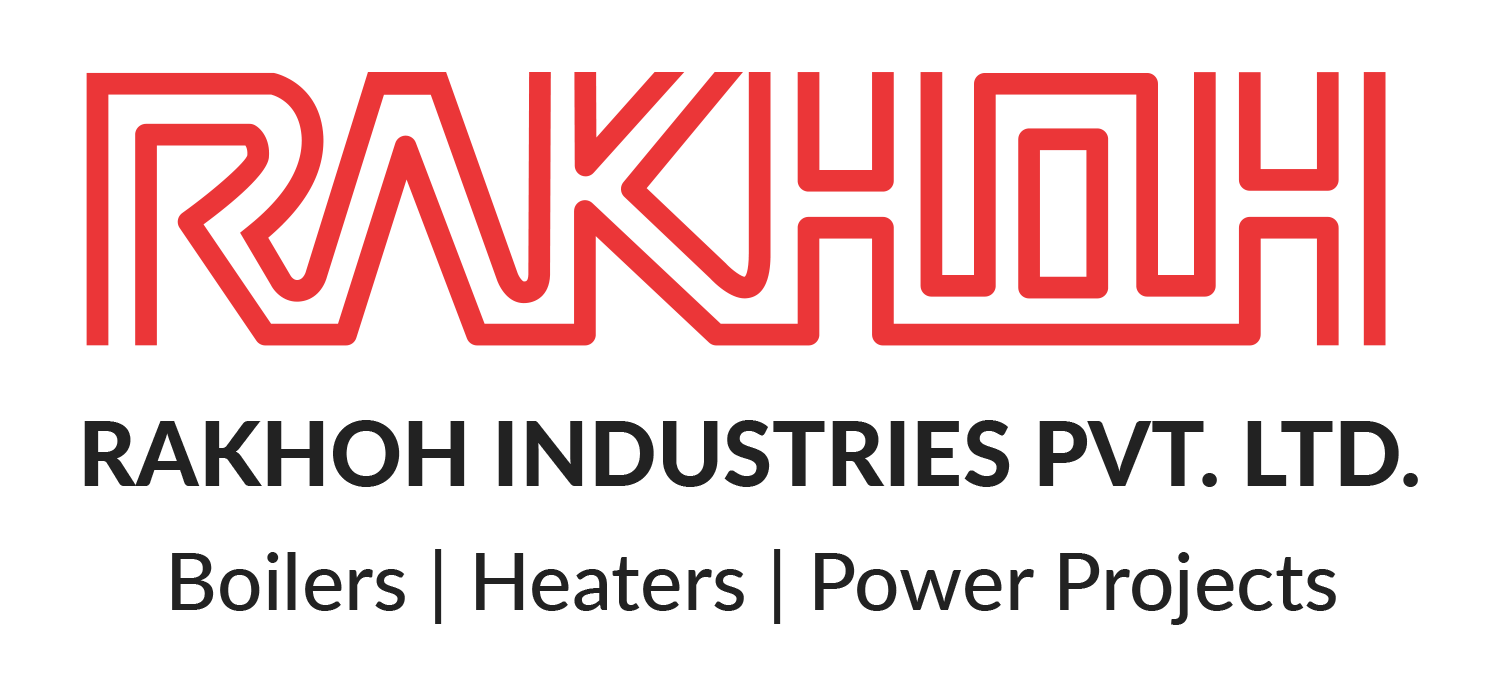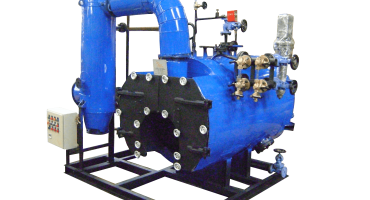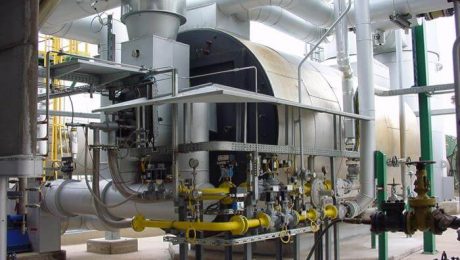Importance of Heat Exchanger and Tips to Increase its Efficiency
Steam boilers are imperative for the operation of the process and manufacturing industries. Steam is vital for heating and processing purposes in industries, and therefore, a steam boiler consists of various components that ensure the steam generation takes place seamlessly. One such component in the boiler system is a heat exchanger. Heat exchangers are long tubes of metal with openings at both ends. It enables the heat transfer from the gas in the burners that produce toxic byproducts when it burns. Heat exchangers are not coils but are usually made from steel sheet metal and enable the gas-to-air exchange.
Importance of Heat Exchangers in Steam Boilers:
In a boiler system, the hot-water radiators harness heat from hot gas jets, but initially, the water needs to absorb the heat energy from the gas. The heat exchanger safely allows the passing of heat energy from gas to the water. If water is heated directly from the gas, the flames would be extinguished by the water. The basic principle of the heat exchanger is that it allows the transferring of the heat without transferring the fluid (liquid or gas) carrying the heat. The surfaces through which heat passes are called heat transfer surfaces. Heat transfer takes place in the steam boiler, where hot gasses from the combustion of fuel transfer levels of intense heat through the steam boiler tubes to produce steam.
The build-up of any hindering material such as scale, corrosion products, or micro-organisms on heat transfer surfaces slows down the heat exchange.
Indications of Issues in Heat Exchangers:
Several indicators point towards issues in heat exchangers and require prompt actions. Some of them are as follows,
Black Soot:
Black soot around the furnace is a clear sign that the gas is not burning properly. Unhealthy and incomplete combustion leads to dirty soot around the furnace. It usually leads to a damaged heat exchanger or an issue with the burner or furnace flame.
Unpleasant Smell:
Although gasses such as carbon monoxide are odorless, any strange or unpleasant odor near the furnace or air ducts requires professional attention. Cracked heat exchangers can leak combustion gasses into the boiler system that can cause a clear and present odor. In such situations, it is crucial to immediately turn off the heating system and seek professional help to diagnose the situation.
Water Surrounding the Furnace:
If water is found on the floor near the furnace, it may indicate a problem with the heat exchanger. Whether it is condensation or a cracked heat exchanger, seek professional help right away to determine the cause.
Outdated System:
If there are complaints of other aging problems with the furnace, such as wear and tear, loud noises, it is ideal to have a professional diagnose the entire steam boiler system.
How to Increase the Efficiency of the Heat Exchanger in Steam Boiler?
The ideal method to reduce the operating expenses in a process plant is by using and maintaining energy-efficient equipment
Reduce carry-over to avoid impurities and ensure proper levels of BTU content at end-use.
Impact of poor heat transfer in the steam boiler:
Conclusion:
Rakhoh Boilers are one of the leading manufacturers of industrial steam boilers in Pune since 1983. Over 38+ years, Rakhoh has successfully installed more than 3000 boilers in 26 countries worldwide. We also provide excellent boiler services like energy audit, boiler automation, steam trap assessment, annual boiler maintenance, fuel conversion, etc.
For more details on our products and services, visit www.rakhoh.com
- Published in Boiler, Steam Boiler
Dust Collectors in Industrial Steam Boilers and Its Impact
As we are aware, steam boilers play an integral role in the manufacturing and process sector for heating, processing, and sterilizing purposes. Although most process industries aim for high efficiency and production in minimal time, one of the most overlooked factors in the heating process is the dust collection and management that causes severe harm to the operating personnel and the environment. Yet, dust collectors are pivotal in ensuring that the steam boilers are functioning efficiently and safely. Just like any other equipment, industrial dust collectors too require regular maintenance. The dust collector system consists of ductwork, hoods, air-material separators, explosion protection, different airlocks, and exhaust fans and includes cyclone dust collector, baghouse, electrostatic precipitators, wet scrubbers, etc.
A Brief Overview of Dust Collectors:
Multi-cyclone dust collectors have been used along with air preheaters and steam boilers in energy generation and other process industries since the 1950s. Gradually, it has evolved in design and purpose, yet its function remains crucial in many process heating applications. In some cases, dust collectors are installed with air preheaters and steam boiler economizers for the purpose of recycling material and to add another layer of erosion protection. Multi-cyclone dust collectors without moving parts use centrifugal force for separating the particulate from the flue gas as it exits the steam boiler. Dust collectors can remove anywhere from 60% to 99% of the debris from the flue-gas stream.
Components of Dust Collection System:
Dust Collector Hoods:
Dust Collector Hoods are an essential component of a dust collector system that can produce remarkable results with minimum modifications. It is important to examine blown, ripped, or broken filter media, cracked filter assembly, airflow speed to ensure the designed airflow, inaccurate installation, separated bag filter, or a mechanical breakdown of the tube sheet due to abrasion. It must be ensured that it is operating in the right position, if the restricted damper is found by hood for balancing.
Ductwork:
Ductwork is used to extract the dirt and air from the accumulating point of the collector. It must be sized precisely for producing a carrying velocity to keep dust moving.
Explosion Protection Equipment:
An explosion can be caused by a dust collection system preserved incorrectly. A properly designed dust collector managing combustible dust always includes an explosion protection system. The purpose of the explosion protection equipment is to restrain an explosion and reduce hazardous damage.
Air Material Separators:
An air material separator is a mechanical device to divide the conveying air from the material being conveyed.
Rotary Airlock:
A rotary airlock separates the dust collector hopper externally allowing the collected dust to exit the system. Usual types of airlocks include rotary valves, trickle valves, double dump valves, and knife gates.
Rotary valves:
The main objective of a rotary airlock valve is to provide an air seal at the outflow opening of the dust collector hopper. It is installed usually between the hopper flow and a conveyor or release bin.
Trickle valves
Trickle valves, also known as vacuum valves, are used for managing the airlock seal on the dust collector tank and for discharging bulk solid material.
Dust Collector Exhaust Fans:
Dust collection systems require an exhaust fan for stimulating ventilation air from the position of acceleration through the ductwork.
Corrosion and Erosion of Metal in Dust Collector System:
Dust collectors become ineffective due to significant damage caused by erosion or corrosion. Multi-cyclone dust collectors are impacted by abrasion through fly ash, particulate mass, and high-velocity gas flow that causes corrosion from chemical attacks. In severe cases, an ineffective dust collector leads to the failure of vital equipment like tubular air heaters, induced-draft fans, precipitators, or baghouse components. Additionally, a dust collector’s operating efficiency may drop significantly due to changes in velocity and pressure drop when ash or other particles plug a cyclone or tube. An overload of particulates may also plug other equipment in the path of the flue-gas flow.
Therefore, regular inspections allow temporary internal repairs during the inspection process, prolonging the life of the equipment and delaying its replacement.
Advantages of Regular Maintenance of Dust Collector System:
Conclusion:
Rakhoh Boilers are one of the leading manufacturers of industrial steam boilers in Pune since 1983. Over 38+ years, Rakhoh has successfully installed more than 3000 boilers in 26 countries worldwide. We also provide excellent boiler services like energy audit, boiler automation, steam trap assessment, annual boiler maintenance, fuel conversion, etc.
For more details on our products and services, visit www.rakhoh.com
- Published in Boiler, Steam Boiler








